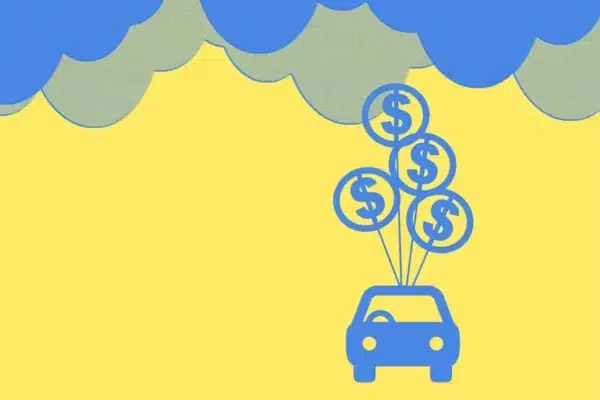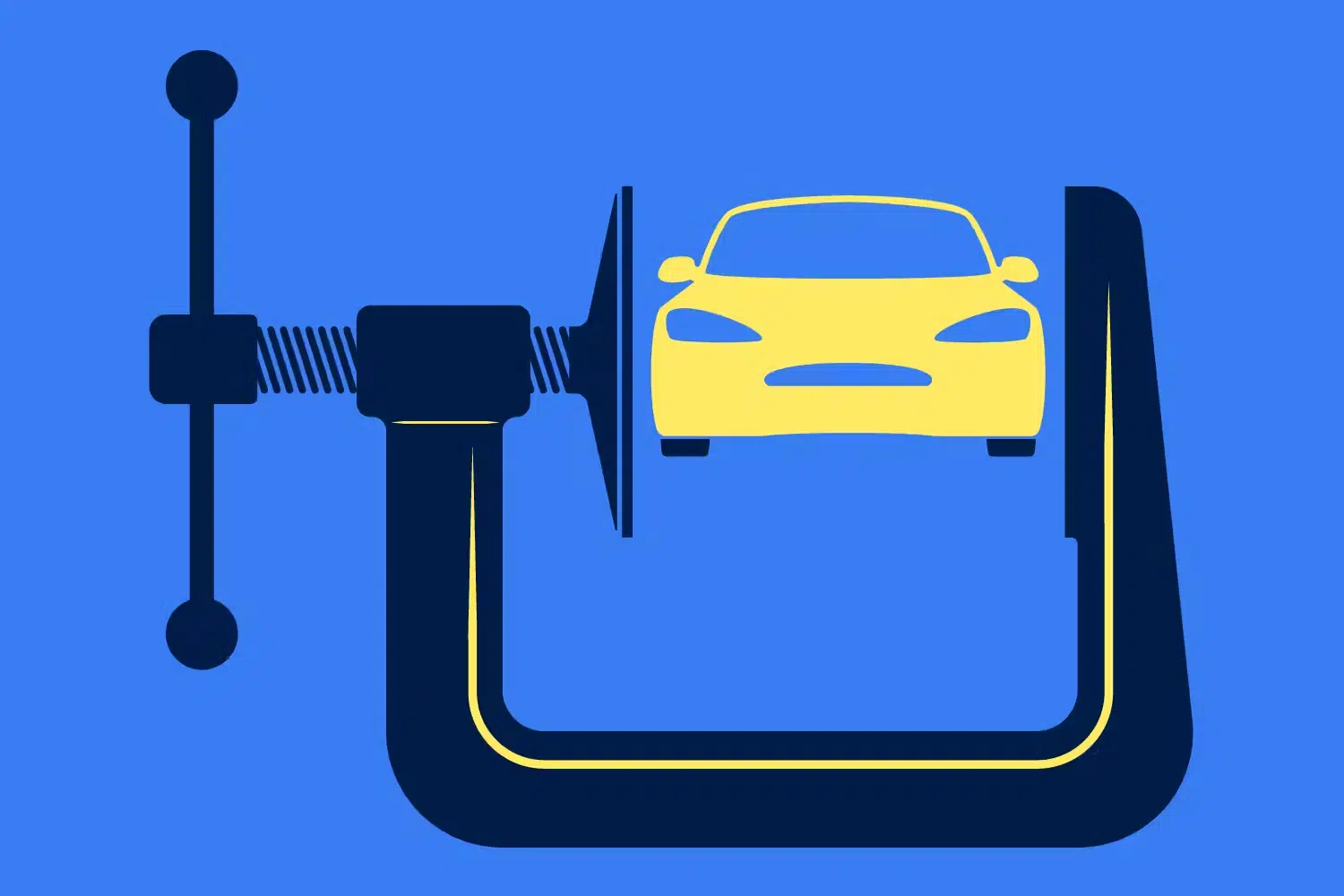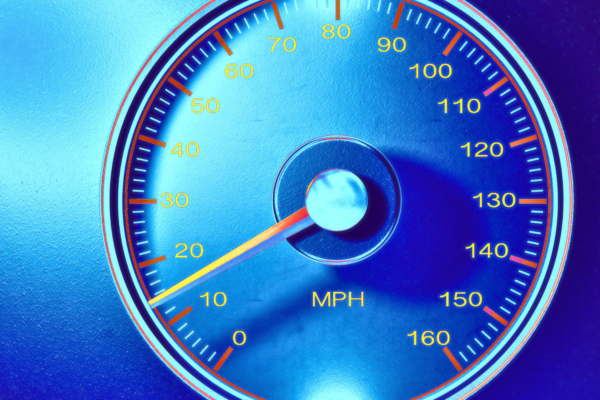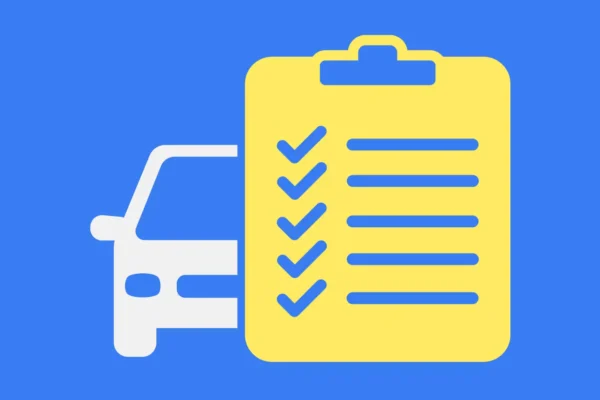
Car Payments: How to Fit It Into Your Budget

Ready for a new set of wheels? Regardless of whether you buy new or used, chances are, it probably won’t come cheap.
Today’s drivers are spending an average of $716 and $526 each month for new and used cars, respectively. With these sky-high car prices, considering your budget before heading to the car dealership is a must. In this article, we’ll break down how to find a price point you can afford and ways you can keep your monthly payment low.
How to Make Your Car Payment Budget
Just like other major purchases in your life, buying a car should first start with building a realistic budget. Your budget will let you know the price point you can comfortably afford and help ensure that you don’t find yourself drowning in car payments.
Financing Your Next Car
Get preapproved for a new or used auto loan. Explore rates, terms, and our full range of financing and refinancing options!
1. Evaluate your finances.
To determine how much you can afford, think about the following:
- Your monthly income: Experts recommend spending no more than 10% of your monthly income on your monthly car payment.
- Your monthly expenses: Tally up how much you spend each month on necessities. Be sure to include an estimate for discretionary expenses, such as entertainment and eating out as well.
- Other debts you owe: Don’t forget to factor monthly payments for other debts like student loans, home mortgages, or credit cards.
- Savings goals: Do you have other savings goals that you’re trying to hit? Don’t divert all of your monthly savings to your car. If possible, continue to put some money aside each month, whether it’s for retirement, a house down payment, or a child’s education.
After subtracting your monthly expenses, debts, and monthly savings from your income, how much money do you have left over? This is a good starting point for building your car budget.
If you have less money left over than you’d like, this is a great opportunity to reevaluate your budget and examine your priorities.
- If you can put off getting a car, the right move might be to save for a few more months.
- If you really need a car now, it’s time to look at other budget categories that you can cut.
- It’s also possible that you can afford a car, but it’s going to be a different make, model, or year than you were imagining.
The key here is to be realistic and to create a plan that you can stick to.
2. Consider other car costs.
It’d be easy to say that the amount you have left over is how much you can afford to put towards a car each month, but there are still other costs to factor.
Be sure to account for expenses like:
- Sales tax
- Yearly inspection and registration
- Car insurance (newer vehicles = higher monthly premiums)
- Fuel
- Routine maintenance, like oil changes, tire rotations, etc.
- Unexpected repairs
Some of these, like car insurance, are easy to predict. Others, like miscellaneous repairs, are not. Still, you should set aside money each month in a small emergency fund that can cover these costs when they do arise.
3. Evaluate your down payment savings.
If you’ve been saving for your car, you’ll want to have this number handy. The size of your down payment will affect your car loan and how much interest you pay over time.
Additionally, if you plan to sell or trade in your existing vehicle, use a resource like Kelley Blue Book to estimate what that value may be.
4. Get an estimate of auto loan rates.
Anytime you borrow money, you’ll have to pay interest on the loan amount. To get an idea of how much auto loan rates are, get in touch with a local lender. Your lender can also be a valuable resource in helping you determine how much you can afford to borrow based on your financial situation.
5. Use an auto loan calculator to estimate the car you can afford.
Taking the information you’ve gathered in steps one through four, you can get an estimate of how much car you can afford by using an auto loan calculator.
Play around with the calculator and see how adjusting factors like loan term, loan rate, and down payment size affect your monthly payment.
How to Lower Your Car Payments
If the proposed monthly payment for your desired car is too high, here are a few things you can do to lower it.
- Search for the best lender and loan: You don’t have to take the first loan you see. Do your research to find the best rates.
- Make a larger down payment: The more you put down upfront, the smaller your monthly payments will be and the less interest you will pay over the life of the loan. If you don’t need to purchase the car right now, consider saving up for a few more months to put down a larger down payment.
- Sell or trade in your old car: Don’t let your old car just sit and collect dust. Consider selling it or trading it in so you can put more towards your new car.
- Buy a used car: Cars depreciate quickly, so buying a car that is only just a few years old can save you thousands. If you have a specific make and model in mind, explore options that are several years old.
- Work on your credit report: Lenders give the best interest rates to those with the best credit. If it is in poor shape, consider taking steps to raise your credit score before making your purchase. If you are unable to raise your score, consider finding a co-signer with reliable credit.
- Avoid add-ons at the dealership: Dealerships make their money on warranties and add-ons that you can roll into your car payment. They might try to sell you hard on these extras but remember that these are often unnecessary and you aren’t required to get them.
You may be tempted to opt for a longer-term loan, like an 84-month auto loan, in order to have lower monthly payments. While this may reduce the amount of money you owe in the short term, longer loans will significantly increase the amount of money you pay overall. This is because the longer your loan is, the more interest you will pay. If you can afford a shorter loan on a depreciating asset, choosing this option will almost always cost less in the long run.
Car Payments and Your Credit
We’ve talked about how your credit score impacts your interest rate, but it’s also worth mentioning that shopping for a car can also impact your credit.
This is because credit checks— also called hard inquiries— negatively impact your credit score. If you’re doing loan and car shopping, try to keep the process short. Complete credit inquiries within a span of 14 to 45 days to minimize their effect on your credit.
Another aspect to keep in mind: missing payments on your auto loan can be really detrimental to your credit report and score. It’s just another reason why it’s important to make sure you can reasonably afford your car payment.
Financial Tools for Your Next Auto Loan
With car prices on the rise, finding the money for a new ride may seem out of reach. No blog article can give you a new car or magically make money appear in your account—but the tools and resources in this article might make it just a little easier to make that car payment happen. When in doubt, take a moment, re-read this article, reevaluate your budget and income, and keep on researching your options.


